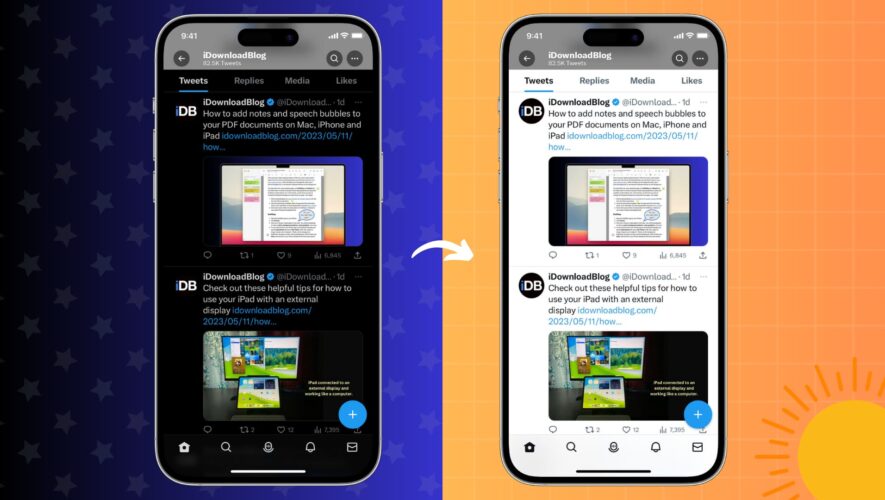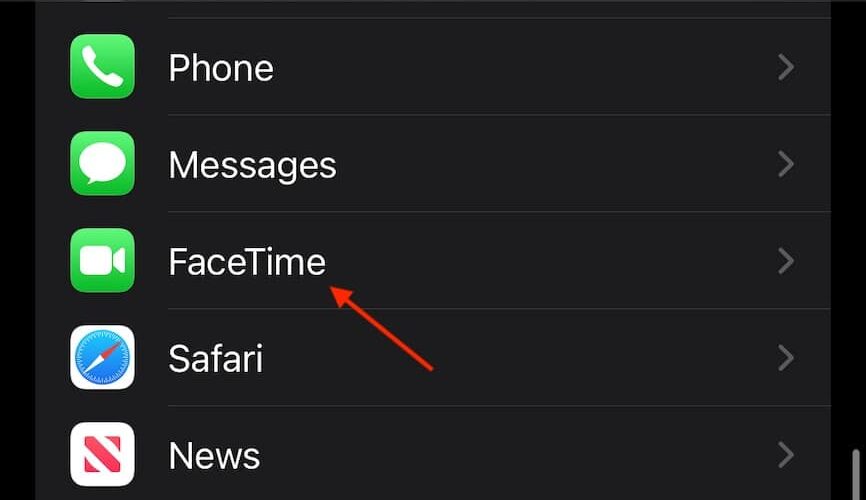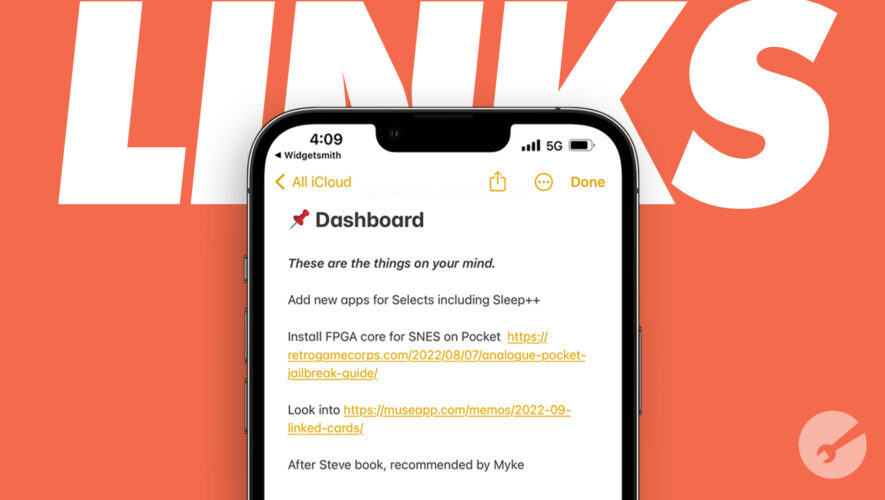Learn how to prevent your iPhone or specific apps from automatically turning on Dark Mode at a specific time every day.
While Dark Mode appeals to many, I personally find it uncomfortable and instead opt for minimum brightness settings on my iPhone or iPad during nighttime usage.
If like me, you do not like using Dark Mode or want the control to enable it manually instead of having it trigger automatically based on a specific time, then here are all the solutions to prevent your iPhone from entering Dark Mode on its own.
Note: don’t confuse the Always-On Display on iPhone 14 Pro and 14 Pro Max for Dark Mode.
Problems you might be having
You’re probably facing one of these issues:
Your iPhone and all its supported apps enter Dark Mode.
Your iPhone does not enter Dark Mode, but some apps do.
A website you visit always appears in Dark Mode, while other sites do not.
The background is always black when you’re reading books.
Let me show you how to fix these issues.
1. Turn off automatic Dark Mode
Your iPhone can use your location and automatically enter Dark Mode at sunset time in your area, and stay in Dark Mode until sunrise.
Alternatively, it can automatically enter Dark Mode at a specific time you set (like 9:30 PM) and turn it off at another specified time (like 6:30 AM).
Follow these steps to stop automatic Dark Mode on your iPhone or iPad:
Open the Settings app.
Tap Display & Brightness.
Turn off Automatic under the Appearance heading.
From now on, your iPhone will stay in Light Mode and not auto-switch to a dark appearance. You can still manually trigger Dark Mode from the Settings app, Control Center, or by asking Siri to ‘turn on Dark Mode.’
2. Remove Dark Mode Focus Filter
You can use various Focus modes on your iPhone to decide which app and contacts notifications you want to receive during that Focus. You can learn all about it in our dedicated tutorial.
A sub-setting of Focus is Focus Filters, which let you set your iPhone to automatically enter Dark Mode.
For example, if you use Sleep Focus at night, you can add the Dark Mode filter to it, and because of this, whenever you enable Sleep (or if it auto-enables at the chosen time), your iPhone will enter Dark Mode.
Here’s how to stop your iPhone from turning on Dark Mode when you use Focus:
Open the Settings app and tap Focus.
Tap the Focus name that makes your iPhone automatically enter Dark Mode.
Scroll down to the Focus Filters heading and tap Appearance Set to Dark.
Turn off Enabled or tap Delete Filter and hit Done.
You have successfully removed the dark appearance Filter from that Focus. As a result, your device won’t enter Dark Mode when you turn on this Focus.
3. Turn off Share Across Devices for Focus
Focus can be shared across all your Apple devices. This means if you turn on a Focus (like Do Not Disturb or Sleep) on your iPad, it will also activate automatically on your iPhone or Mac, and vice versa.
As a result, your iPhone may enter Dark Mode because you enabled a Focus with Dark Mode filter on your other Apple device. Here’s how to stop it:
Open the Settings app on your iPhone or iPad.
Tap Focus.
Turn off Share Across Devices.
From now on, when you activate a Focus on this device, it won’t turn on that same Focus on your other devices.
4. Disable Focus
If you don’t want to remove the Focus Filter but also don’t like Dark Mode, you can simply turn off the Focus, and your iPhone will exit Dark Mode.
To turn off a Focus:
Go to the Control Center and tap the Focus icon. You can also tap its name and tap it again from the next screen to turn it off.
Tap the Focus name on the Lock Screen and tap it once again to disable it.
5. Turn off the Dark Mode automation
Did you ever create an automation that automatically turns on Dark Mode when you open an app, reach a location, enter Low Power Mode, or such?
Go through these quick steps to ensure you do not have such an automation enabled on your iPhone or iPad:
Open the pre-installed Apple Shortcuts app.
Tap Automation from the bottom.
Is there an automation here with a thin text saying Set Appearance? Tap it if you see it.
Turn off Enable This Automation and hit Done.
Alternatively, you can swipe left on the automation and delete it.
6. Check in-app settings
Many iOS apps mimic your iPhone’s appearance and work in Light or Dark Mode depending on the mode your device is in.
Alternatively, some iOS apps give you better controls by having three appearance settings:
Light: The app will always work in Light Mode.
Dark: The app will always work in Dark Mode.
Use System Settings or System Default or other similar name: The app will use Dark Mode or Light Mode, depending on which mode you have enabled on your iPhone.
Edison Mail on iPhone.Now, if a particular app always appears in Dark Mode, go to its Settings and look for the Light Mode switch. You can also set it to Use System Settings. Usually, this may be under the Display, Theme, Dark Mode, Appearance, Look, Night, or some similarly named sub-option inside the app settings. You can contact the app developer for help if you have trouble finding it.
Important:
White text on a black background may cause discomfort to your eyes. If that’s the case, you may stop using a dark theme in Apple Books and similar reading apps.
Similarly, if a website always appears in Dark Mode inside Safari, Chrome, or other browsers, look for a toggle on the top or bottom portion of the website or its menu and turn off its dark appearance.
7. Turn off Smart Invert from Per-App Settings
There is a lesser-known accessibility feature called Per-App Settings that lets you have custom per-app settings. For example, you can set the Kindle app or Messages to always invert colors and appear with a dark appearance.
Here’s how to quickly check for this and turn it off:
Open the iPhone Settings app and tap Accessibility.
Scroll down to the bottom and tap Per-App Settings.
Tap the added app name if you see it.
Make sure it says Default next to Smart Invert. If it says On, tap Smart Invert and choose Default or Off.
After this, when you go inside this app, it won’t automatically change its colors.
On the same note:
iDownloadBlog.com
How to stop iPhone and specific apps from entering Dark Mode automatically



